Growing Spinach: Everything You Need To Know
Growing spinach is really easy to do. There are so many different varieties you can choose from when you start shopping for spinach seeds. Be sure and check with your local seed company regarding which one(s) will work in your area. I only buy certified organic seeds. Growing spinach: everything you need to know.
Growing spinach in well-drained soil rich in nutrients, such as organic compost or composted manure with a pH of 6.5 to 7, will reap a large bounty. You may be wondering what is this pH stuff all about? I have you covered.
How to Grow Spinach: Everything You Need to Know
The soil we use to grow our vegetables and fruits in will depend on the area we live in and the nutrients in the ground or the nutrients we add. Is it guesswork? Sometimes it is.
I write down every year in a journal what I added to my raised garden beds. I modify the ingredients (nutrients) the following year depending on the harvest results of the previous year.
Acidic Soil
Some vegetables prefer acidic soil. Some thrive in alkaline soil. Here is the one pH tool I have used to help me figure out the pH of my soil. Wallfire pH Soil Meter
You may know that I live in Southern Utah where the soil is dark orange or red clay. We must add several layers of good soil to grow vegetables, fruits, or flowers here based on what I’ve experienced in my location, others may have done better in their neighborhood.
Alkaline Soil
Alkaline soils are typically clay soils or poor soil. The pH will be over 8.5 with a poor soil structure. This is when you will add organic matter, sphagnum peat, adding acidifying nitrogen, and iron sulfate to name a few. Alkaline soils are usually found in low rainfall areas.
Acidic soils are typically below a pH of 7. You may still need to add nutrients to your soil if the number is too low. You can always take a bucket of soil to your local state extension service to test your soil.
- Please call ahead to see if they offer this service.
- Remember that your different raised garden beds or different areas of your in-ground garden may have different pH levels.
- You may want to take a few samples of soil to have them tested from various areas of your garden.
I call it a little trial and error. If I can adjust the pH level just right for the various things I plant, life is good. All you do is stick the tool into moist soil and it will register the pH of that garden spot or raised garden bed. Adjust the nutrients as needed.
Tips for Growing Spinach
When it comes to growing spinach, there are some things you may want to know. It’s very rare that you can just plop spinach in a pot and have it start to grow. Keep reading to know everything you can about this awesome veggie.
When to Plant Spinach
I always use seeds, I don’t bother with seedlings. The seeds work really well. You can plant the seeds about 4-6 weeks after the last frost in the spring.
If you plant some seeds every two weeks you will have spinach for weeks, if not months. I have had spinach sprout in the winter if we have a somewhat mild season.
- You will need to thin the spinach seedlings if you spread a few too many seeds when planting.
- They need about 12 inches between each row. There is nothing more exciting than when you watch for that first sprout. I love it!
- The plants like temperatures between 35-75 degrees.
- Once the heat hits here in my area, my planting days are over until late August or early September.
- Then I start a new batch every two weeks. This vegetable does well in full sun or partial shade. The seeds I buy mature in 40 days.
- Pots work really well if you use the Miracle Grow Potting mix, they are great for apartments or very small yards.
What About Fertilizer for Spinach?
I use Miracle Grow Brand (TM) potting mix when I fill my grow boxes because it comes with fertilizer included in the mix ready to feed my new seeds or plants like tomatoes. I also fertilize my spinach with Miracle Grow Shake and Feed as needed.
What About Bugs, Insects, and Diseases?
Here are the pests that love your growing spinach: aphids (you will see sticky leaves), spider mites, and flea beetles. The diseases are downy mildew and white rust.
The mildew looks like powdery mildew and the rust looks like white spots on the leaves. You can hose them or pick them off. If I see mildew or rust, I destroy the plants.
Then I let the soil dry out and plant additional seeds in a different garden bed. Typically if you have strong plants you may not have to worry about pests or diseases.
How To Harvest Spinach
Once the spinach is about eight inches tall, it’s ready to pull, or just pinch a few leaves for tonight’s dinner salad. Scissors work great as well. Once the plants have “bolted,” meaning they have flowers, they are ready to pull and start another row of seeds, if the weather is acceptable. Pick outer leaves first and then the inner leaves.
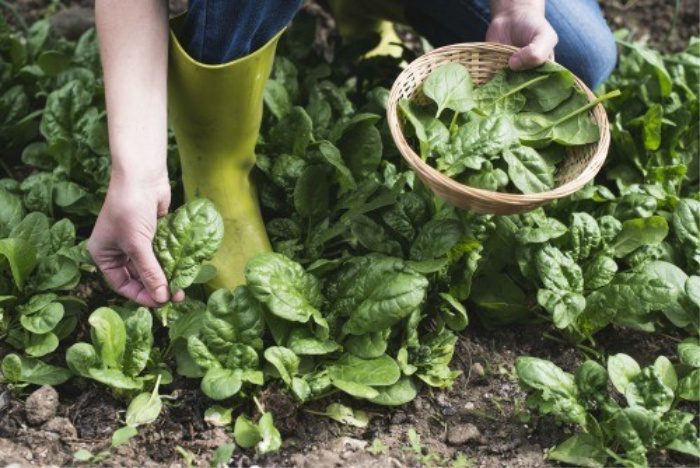
How to Preserve Spinach
You can freeze it in plastic bags, it’s great for smoothies. Freezing by Linda You can also dehydrate it as I do in my Excalibur Dehydrator by placing the freshly washed leaves evenly across the trays. My dehydrator suggests a temperature of 125degreesF/52degreesC.
The leaves should be crisp and crumble when touched. Dehydrating by Linda My spinach took about three hours. The time will vary depending on the humidity in the room and how many leaves you have on the trays.
You can air-dry the leaves as well outside on screens. Place the washed leaves on screens and let Mother Nature dry them. Cover with another screen to keep the bugs out.
Store the freshly washed leaves in a dry bag and they will keep in the refrigerator for up to five days. Let me know if you are growing spinach, I love to hear from you.
Final Word
Now that you know all about growing spinach, everything you need to know, you can get to it! Spinach is actually a lot of fun to work with! I feel like it’s one of the easier veggies to work with. Do you ever grow spinach? What do you think? May God bless this world, Linda.
Linda’s Book: Prepare Your Family For Survival

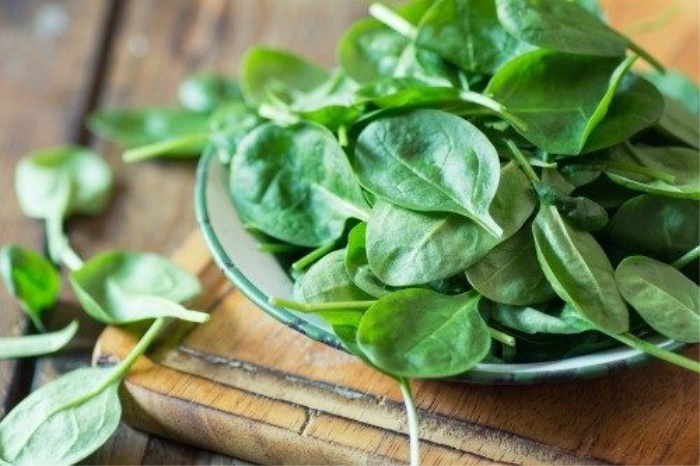

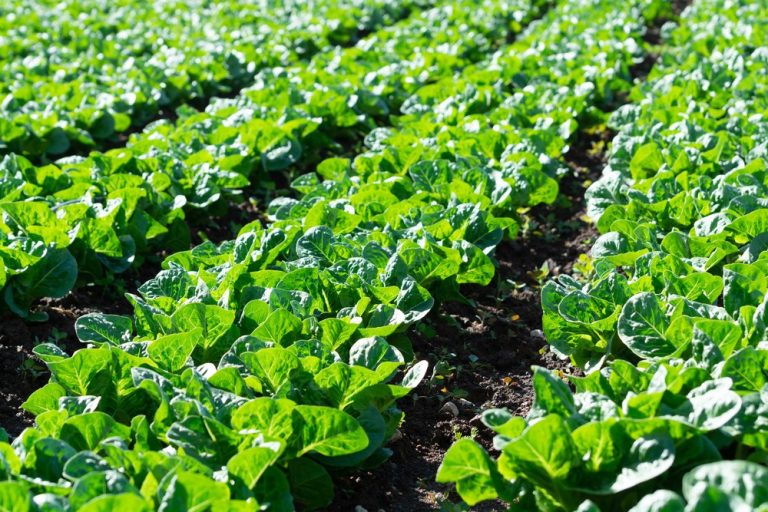
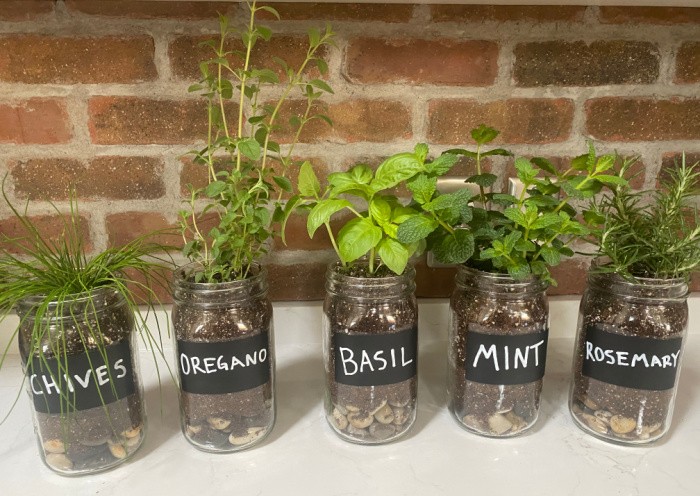
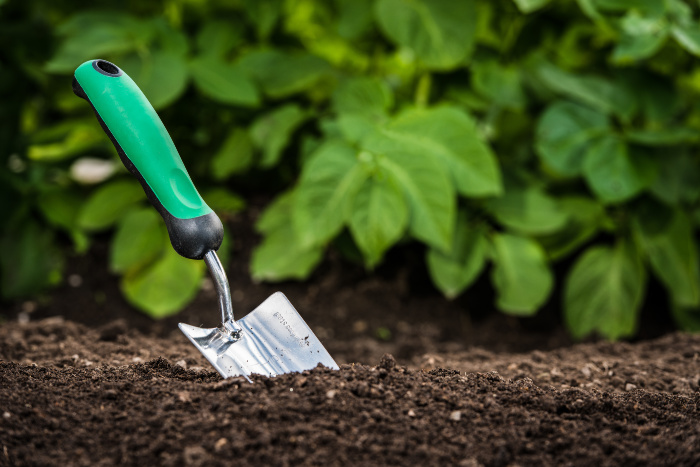
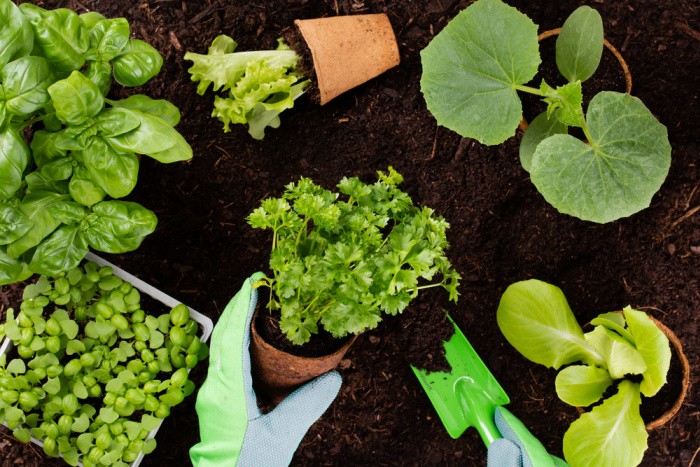
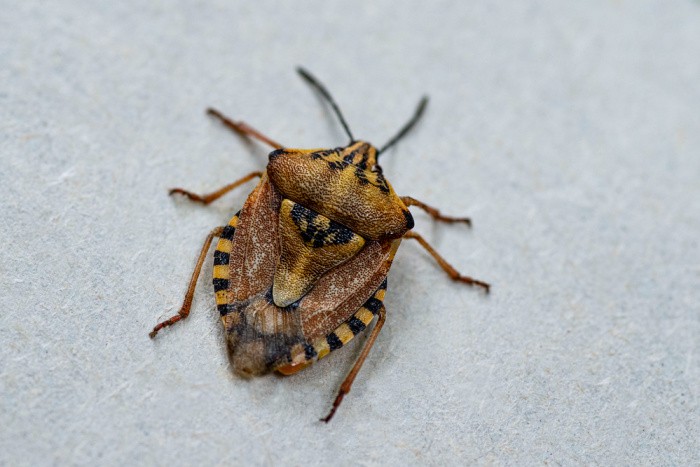














I have a pack of seeds that I bought over a year ago, for winter 2018-19. I missed the Sep planting date twice. Winter is the only season for most vegetables here.
How long do spinach seeds remain viable? They have been stored in A/C 72deg on my fridge door.
Perhaps I have time for a couple crops before hot weather sets in in S. FL.
Thanks for the info!
Hi Walter, I would try planting them. We can do this! Linda
I plant it, but I have *never* been able to grow enough to last through winter! (My husband loves it creamed, plus I use 20 ounces or so every 10 days making breakfast “quiches”–can pass along my recipe if anyone wants it.) I’ve added an extra raised bed, which may help, plus I may be able to use the potato growing boxes now that DH can’t eat many potatoes–extra benefit, I can arrange shade for those when the seasons heats up, and keep spinach coming all summer.
I blanch it, partially squeeze out the water, and pack it into square freezer boxes (which usually make a near perfect 10 ounces). Once frozen, the spinach “bricks” can be taken out of the box, wrapped, and packed neatly into the freezer. When I need some, I let it partially thaw, then it chops up easily.
Also–did you know you can sneak other leafy greens into recipes to sub for spinach? DH has had both turnip greens and nettles, and never knew he wasn’t having creamed spinach! ;-D
HI Rhonda, this is awesome! I just throw the spinach into freezer bags, no blanching. I like your measuring idea. I use mine for smoothies. Linda